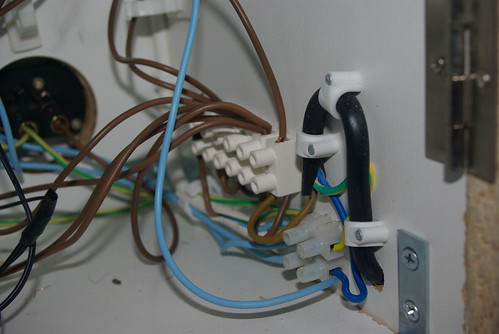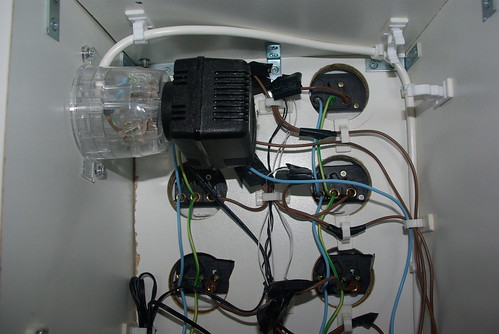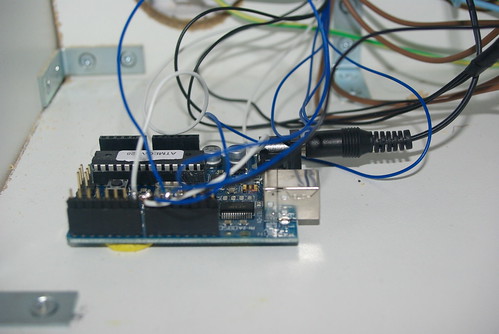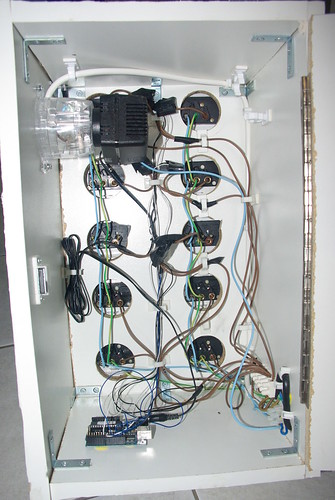As mentioned in the Peggy 2 Snake post I wrote a bunch of small utility functions to display a string on the peggy 2.
Each character is stored as a 24-bit number (held in a 32bit uint32) where each 4 bits indicates the on/off status for a row of 4 pixels. This results in allowing for a 4×6 pixel character
For example the character for the number ‘0’ is stored as 0x699996 which when spread out looks like:
0110 1001 1001 1001 1001 0110
By doing this I can store 0-9 and A-Z in only 144bytes.
To save RAM I put this in program memory using: PROGMEM prog_uint32_t chars[37] 
To write a character to the display I use a function “show_char” (note I use a special function ‘setPixel’ to set the individual pixels to a certain brightness level – but if you are not using grayscale then the call can be replaced by standard frame.SetPixel calls)
void show_char(char Character, byte x, byte y)
{
byte charNum = 36;
if ((Character >= '0') && (Character <= '9')) {
charNum=Character-48;
}
if ((Character >= 'A') && (Character <= 'Z')) {
charNum=Character-55;
}
unsigned long w;
w = pgm_read_dword_near(chars + charNum);
for (byte i=0; i<6; i++) {
byte offset = 4*(5-i);
byte b = w >> offset; // get four bits
b=b & 0xF;
if (b & B1000) setPixel(x,y+i,7);
if (b & B0100) setPixel(x+1,y+i,7);
if (b & B0010) setPixel(x+2,y+i,7);
if (b & B0001) setPixel(x+3,y+i,7);
}
}
To make things a bit easier to display a string I also created a quick wrapper function ‘write_string’
void write_string(char string[], byte x, byte y)
{
byte i=0;
while (string[i] != '\0') {
show_char(string[i], x+(5*i), y);
i++;
}
}
Full usage/source can be found in the peggy 2 snake code






